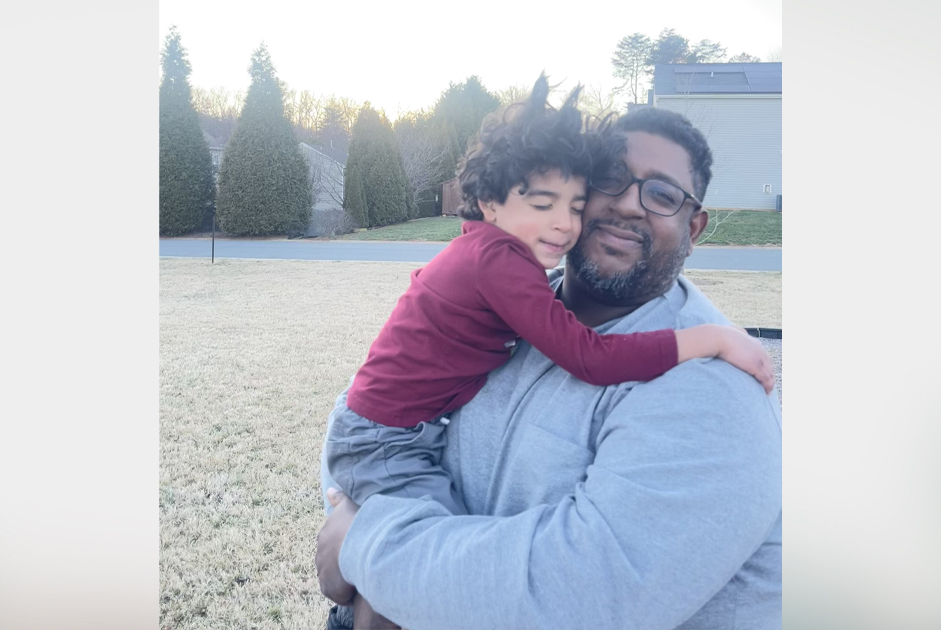BY JAMIE LOBER
Obsessive-Compulsive Disorder, commonly referred to as OCD, is known as a neurobiological disturbance that seems to run in families. The American Academy of Pediatrics found that about one-third to one-half of the cases began in childhood and adolescence. They named traits of OCD as excessively washing hands or brushing teeth, repeating certain rituals, checking things repeatedly or being concerned with germs, dirt, disease or crime in a dramatic way. The Centers for Disease Control and Prevention explains it is officially considered obsessive-compulsive disorder when kids have unwanted thoughts that cause them to do behaviors frequently which take up more than an hour of the day, and which interfere with their normal activities and make them upset. The thoughts are the obsessions, and the behaviors are the compulsions.
Sometimes obsessive-compulsive disorder is hard to diagnose, because it can be embarrassing or hidden. It can happen to anyone, and the cause is unclear, though some studies show that health problems during pregnancy can increase the likelihood of having obsessive-compulsive disorder. It is important to know how to recognize it, so you can take appropriate action. The Centers for Disease Control and Prevention has listed some hallmark signs, such as:
- Having repeated and unwanted thoughts, images or impulses that cause anxiety or distress;
- Having to think about or say something repeatedly;
- Having to do or repeat a task over and over, for example, making sure that a door is locked;
- Having to do something repeatedly according to certain “rules.”
Kids with obsessive-compulsive disorder think their intentions are good and that their repeated actions will help prevent bad things from happening. The reality is, the behavior has nothing to do with “bad things happening.” It is a common misconception that the disorder has to do with cleaning or being tidy. It can involve extreme cleaning, of course, but it occurs more often when a person is focused on something that they have to do repeatedly. It has nothing to do with being organized.
Treatment for obsessive-compulsive disorder starts by sitting down with your doctor or a mental health professional. When you know what to expect, it can help make the visit go smoother, such as:
- Being evaluated to see if the anxiety relates to a past traumatic event;
- Being evaluated to see if the fears are rooted in any thoughts or beliefs;
- Seeing if anxiety or depression are co-occurring.
You can then expect to follow a plan that may include behavior therapy, such as cognitive behavioral therapy or medication. Cognitive-behavioral therapy is about turning negative thoughts into more positive ones and changing your thinking. Medication should always be taken as prescribed. Family members, teachers, and other staff at school will need to understand what the plan entails and be supportive, in order for it to be the most effective. You will also want to learn as much about obsessive-compulsive disorder as you can, and do your best to be supportive without participating in any compulsions or rituals. Negotiate, set limits, and continue to carry out a normal family life. Some families choose to make contracts and set goals that their kids can attain, which will make them feel accomplished in spite of the obsessive-compulsive disorder. At the same time, make sure everyone in your home has “alone time” as well. Sometimes it can be harmful if the person with obsessive-compulsive disorder does not have time to themselves.
You want to be a teammate and not make your child feel isolated if he has obsessive-compulsive disorder. This means recognizing that any change, even if positive, can be interpreted as stressful, which is when the disorder flares up. Instead of expecting your child to get over it, be empathetic and tell him you understand why symptoms may be worsening because he is going through changes. When you are encouraging and validate how he feels, you can make a difference. Consider that everyone with obsessive-compulsive disorder is different, and so is the severity. The International OCD Foundation says to measure progress according to your child’s own level of functioning and not to that of others—and to be patient. They also suggest recognizing small improvements by giving reassurance and motivation. It is possible to lead a healthy life with obsessive-compulsive disorder when you find ways to manage it.



















